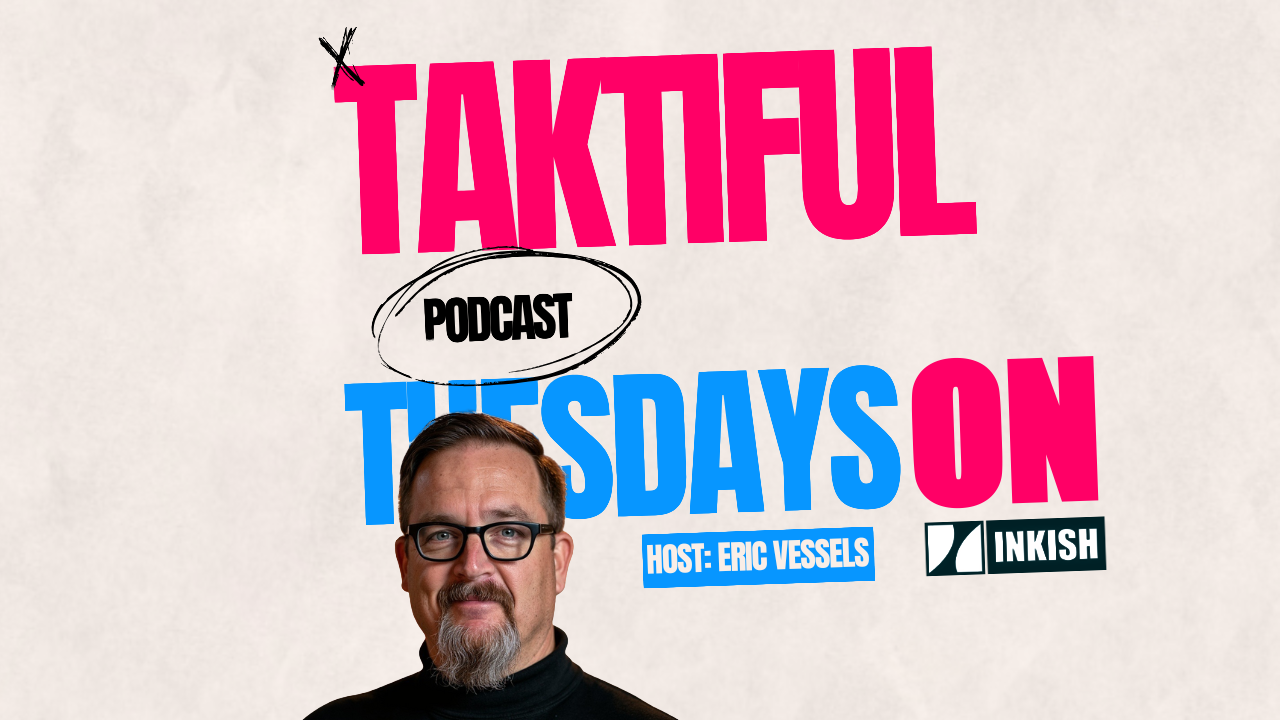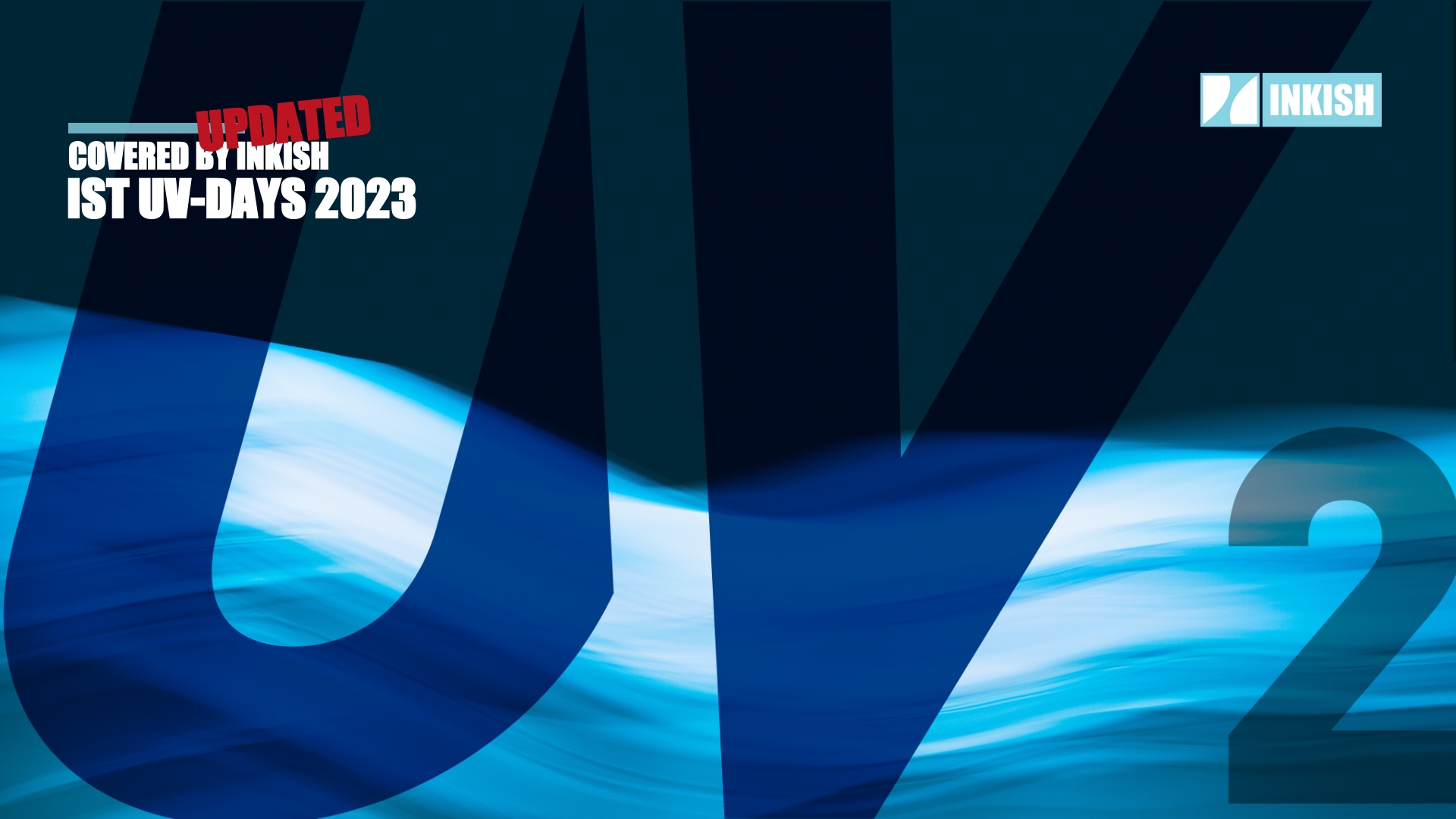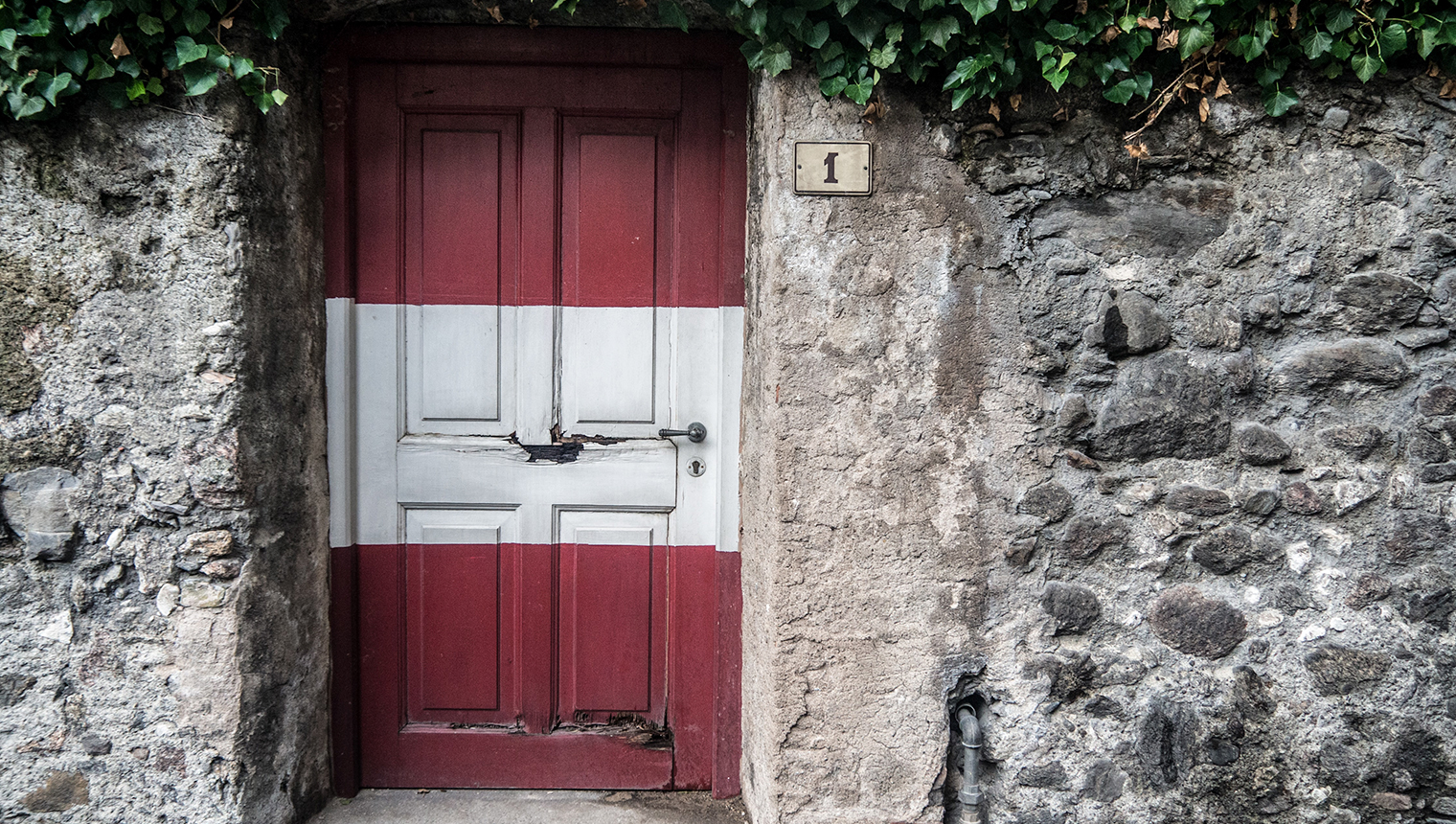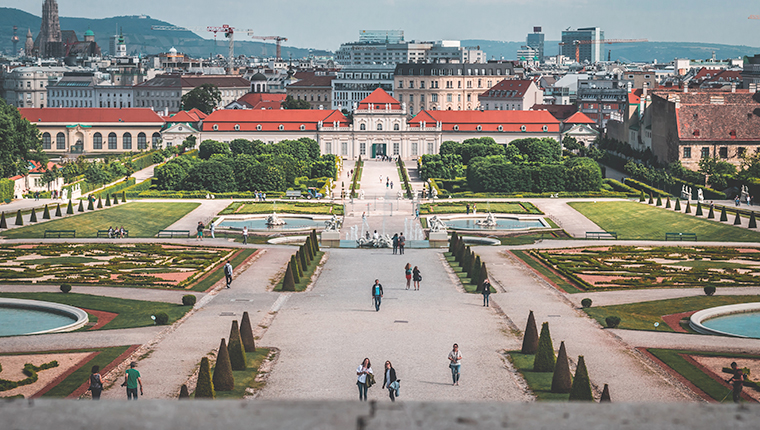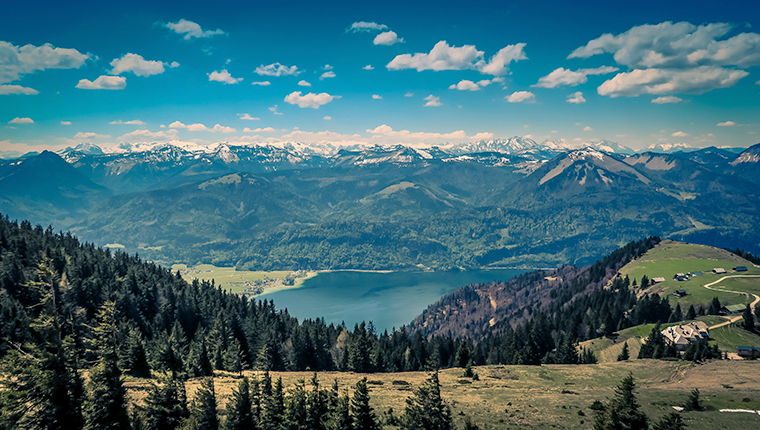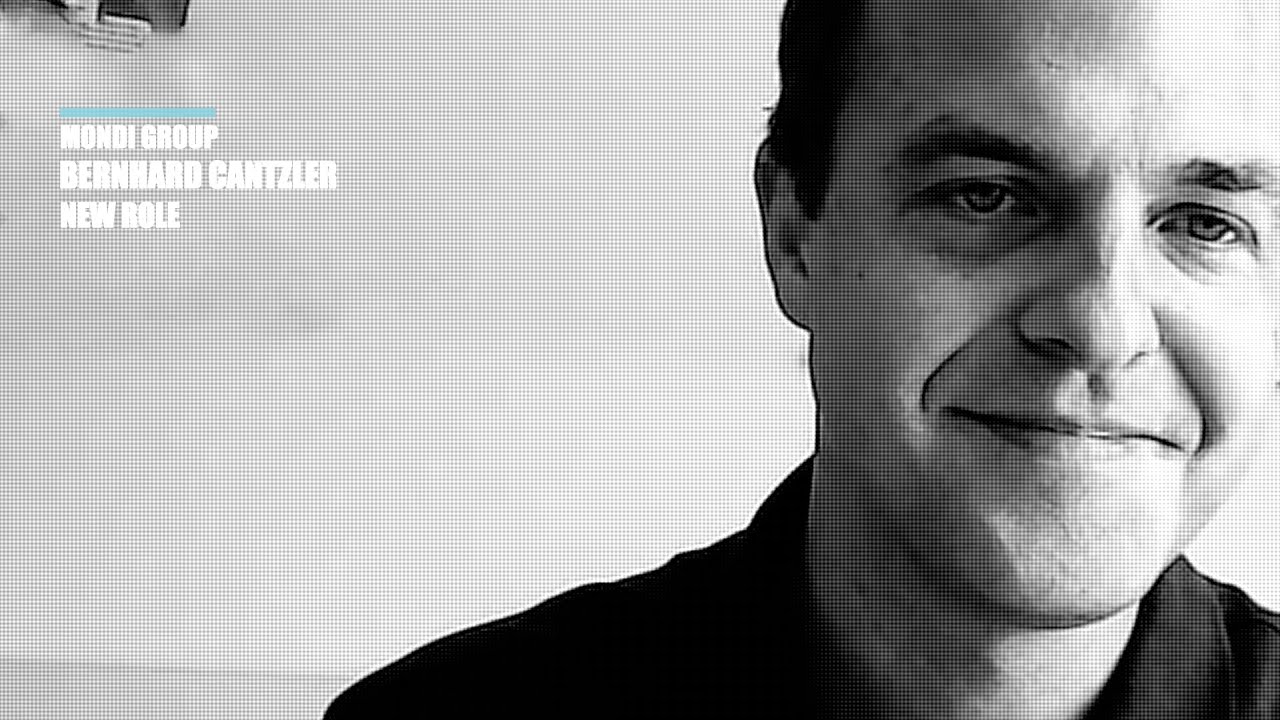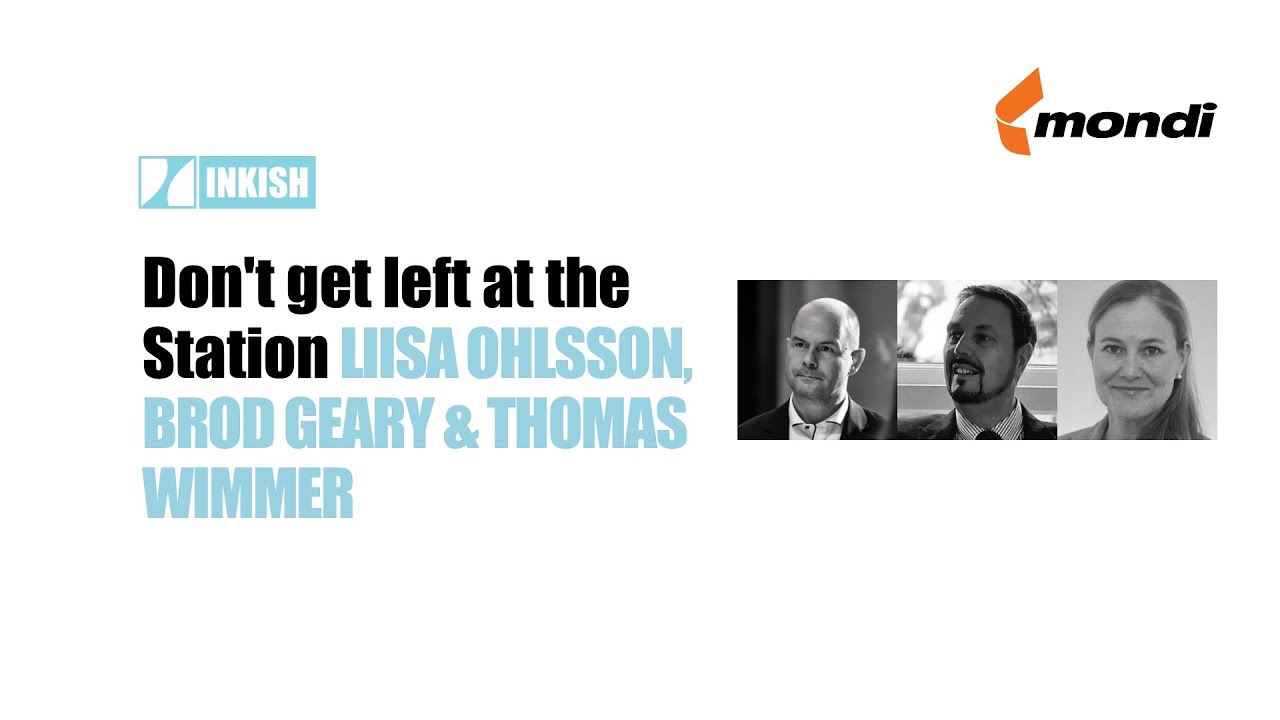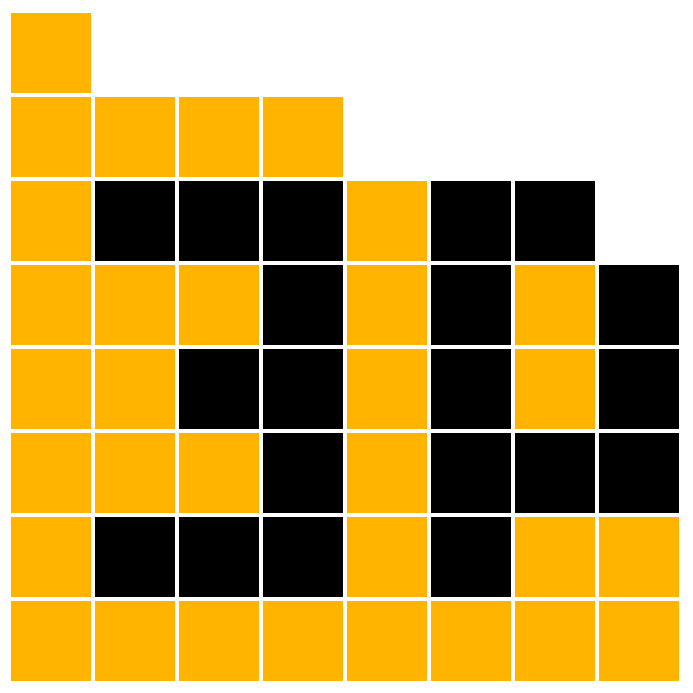Austria (/ˈɒstriə/ (![]() listen), /ˈɔːs-/;[9] German: Österreich [ˈøːstɐʁaɪ̯ç] (
listen), /ˈɔːs-/;[9] German: Österreich [ˈøːstɐʁaɪ̯ç] (![]() listen)), officially the Republic of Austria (German: Republik Österreich,
listen)), officially the Republic of Austria (German: Republik Österreich, ![]() listen (help·info)), is a landlocked East Alpine country in the southern part of Central Europe. It is composed of nine federated states(Bundesländer), one of which is Vienna, Austria’s capital and its largest city. It is bordered by Germany to the northwest, Czech Republic to the north, Slovakia to the northeast, Hungary to the east, Slovenia and Italy to the south, and Switzerland and Liechtenstein to the west. Austria occupies an area of 83,879 km2 (32,386 sq mi) and has a population of nearly 9 million people. While German is the country’s official language,[10]many Austrians communicate informally in a variety of Bavarian dialects.[11]
listen (help·info)), is a landlocked East Alpine country in the southern part of Central Europe. It is composed of nine federated states(Bundesländer), one of which is Vienna, Austria’s capital and its largest city. It is bordered by Germany to the northwest, Czech Republic to the north, Slovakia to the northeast, Hungary to the east, Slovenia and Italy to the south, and Switzerland and Liechtenstein to the west. Austria occupies an area of 83,879 km2 (32,386 sq mi) and has a population of nearly 9 million people. While German is the country’s official language,[10]many Austrians communicate informally in a variety of Bavarian dialects.[11]
Austria initially emerged as a margraviate around 976 and developed into a duchy and archduchy. In the 16th century, Austria started serving as the heart of the Habsburg Monarchy and the junior branch of the House of Habsburg – one of the most influential royal dynasties in history. As an archduchy, it was a major component and administrative centre of the Holy Roman Empire. Early in the 19th century, Austria established its own empire, which became a great power and the leading force of the German Confederation but pursued its own course independently of the other German states. Following the Austro-Prussian War and the compromise with Hungary, the Dual Monarchy was established.
Austria was involved in World War I under Emperor Franz Joseph following the assassination of Archduke Ferdinand, the presumptive successor to the Austro-Hungarian throne. After the defeat and the dissolution of the Monarchy, the Republic of German-Austria was proclaimed with the intent of the union with Germany, which eventually failed because of the Allied Powers and the state remained unrecognized. In 1919 the First Austrian Republic became the legal successor of Austria. In 1938, the Austrian-born Adolf Hitler, who became the Chancellor of the German Reich, achieved the annexation of Austria by the Anschluss. Following the defeat of Nazi Germany in 1945 and an extended period of Allied occupation, Austria was re-established as a sovereign and self-governing democratic nation known as the Second Republic.
Austria is a parliamentary representative democracy with a directly elected Federal President as head of state and a Chancellor as head of the federal government. Major urban areas of Austria include Graz, Linz, Salzburg and Innsbruck. Austria is consistently ranked in the top 20 richest countries in the world by GDP per capita terms. The country has achieved a high standard of living and in 2018 was ranked 20th in the world for its Human Development Index. Vienna consistently ranks in the top internationally on quality-of-life indicators.[12]
The Second Republic declared its perpetual neutrality in foreign political affairs in 1955. Austria has been a member of the United Nations since 1955 and[13] joined the European Union in 1995.[14] It plays host to the OSCE and OPEC and is a founding member of the OECD and Interpol.[15]Austria also signed the Schengen Agreement in 1995,[16] and adopted the euro currency in 1999.[17]
Photo Credit
Photo by Ante Hamersmit on Unsplash
Photo by Paul Gilmore on Unsplash
Photo by daniel plan on Unsplash







